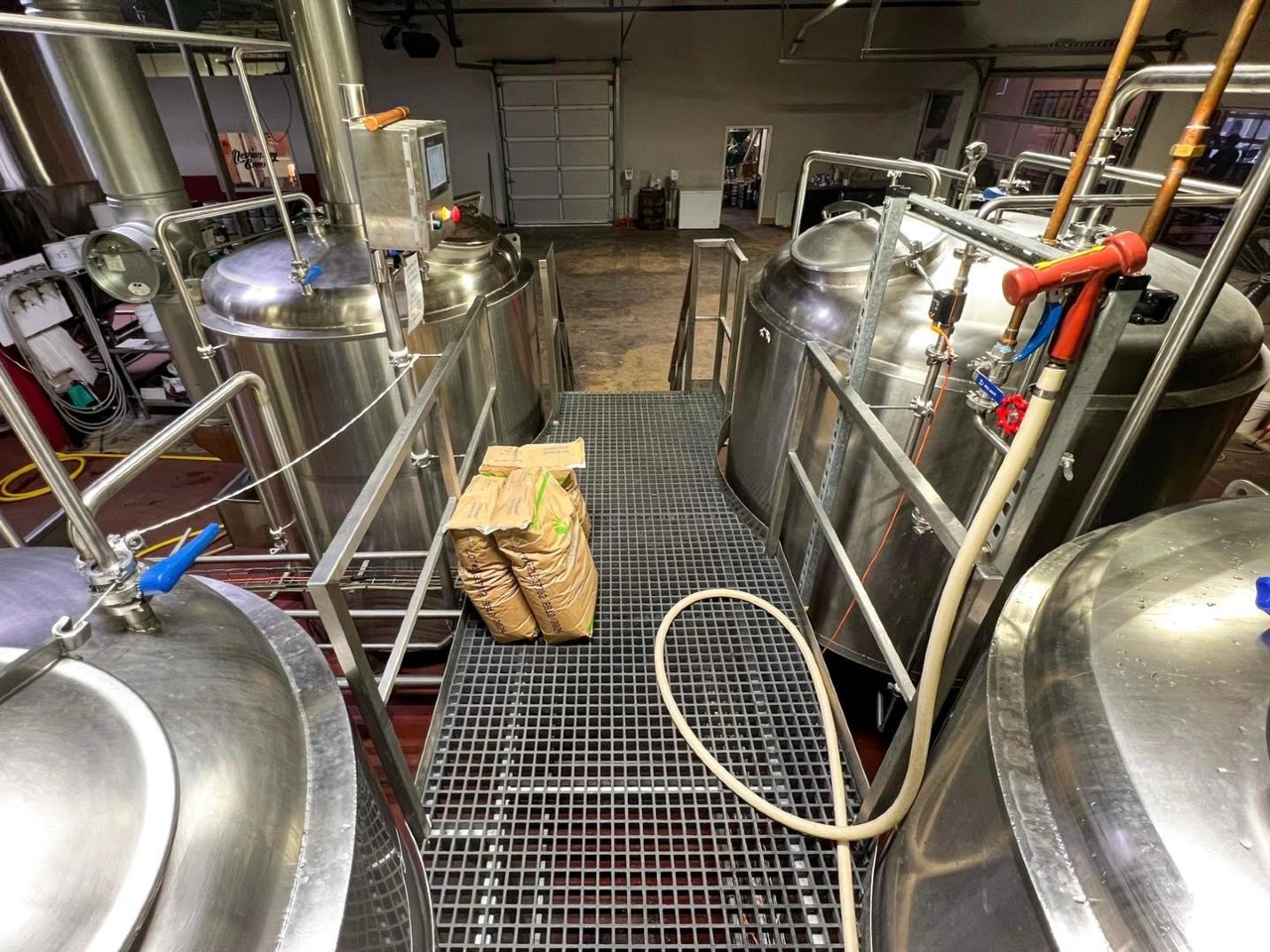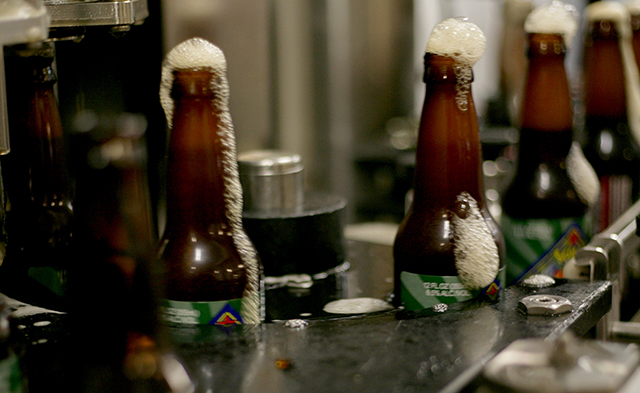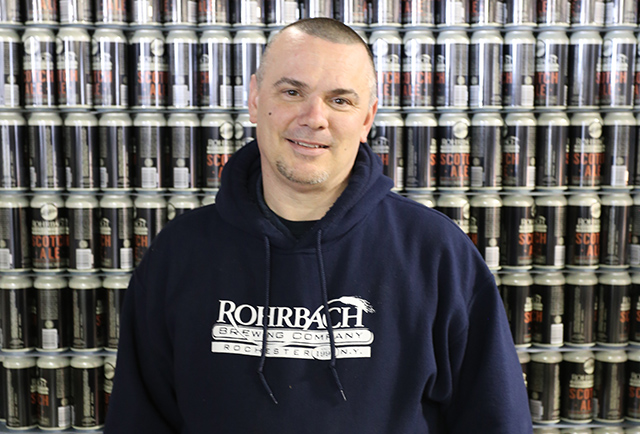
Picture this: You’re a head brewer and you have the opportunity to make a novelty collaboration beer reminiscent of a nostalgic summertime treat.
How do you balance the challenges of making something that has the characteristics of the novelty beer’s namesake but is also a beer unto itself?
That answer varies per brewer and beer.
Neshaminy Creek Chief Brewing Officer Rob Jahn was recently involved in the production of the Pennsylvania brewery’s new Rita’s Fruit Brews Blonde Ale with Mango, a beer with flavors reminiscent of Rita’s Italian Ice, a beloved Pennsylvania-based chain.
Jahn said that while Neshaminy Creek worked with Rita’s to get the flavors right, they didn’t do so with the aid of any ingredients provided by the restaurant chain.
“We worked directly with Rita’s to find the proper combination of fruits to mirror what they did,” Jahn said, noting that best practices for fruit beers and novelty beers vary. “A lot of it depends on what you’re putting into the beer. Mango, for instance, is an easier fruit to deal with because it pairs really well with beer. Mango is really syrupy and dense and so it pairs really well with beer itself.”
Avoiding accidental refermentation and no residual yeast is key, Jahn noted.
“You want to have the sweetness that’s reminiscent of Rita’s, so you add products into the beer to make sure it stays healthy in the can,” he said. “We centrifuge our beer and deactivate the yeast, so the yeast in the beer itself should be very low to none. Between deactivating the yeast and centrifuging it we can make it a really clean beer when adding fruit to it. It’s part of the process of being consistent and making sure [refermentation] doesn’t happen.”
The setup was different from the one used by NoDa Brewing Company when making its recently released Cheerwine Ale, a Cherry Wheat that celebrates the flavors of a longtime cherry soda popular in North Carolina, which is home to both the soda and the brewery.
NoDa head brewer Chad Henderson said NoDa had the benefit of a flavoring compound that provided some help in giving the beer its signature flavor. However, the compound did not include sugar, so the sweetness in the beer was achieved by adding black cherry puree to the fermentation.
“Cheerwine as a soda definitely has assertive sweetness, and that was my first concern when we started the project, so I was very relieved to learn that the sweetness level was in my court and the compound they provided was lacking any sugars,” Henderson said. “I think the best practice when doing something like this is think first, ‘How much of the experience of this soda is based on the sugar and how much of it is based on the flavor/aroma accents?’
“While the soda is sweet, I think the flavor and aroma is what triggers so much of the experience and memory for those who enjoy the brand.”




Be the first to comment